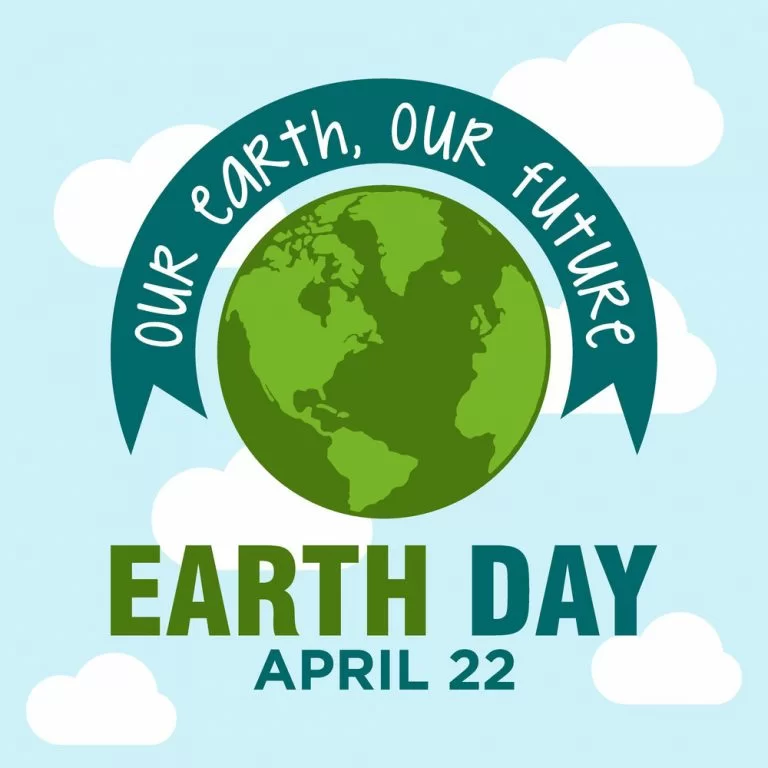Earth Day was first celebrated on April 22nd, 1970, bringing education and awareness to environmental issues. Over the past 50 years our knowledge of the Earth has expanded as has our knowledge of the environment’s impact on our skin.
Did you know that the sun is not the only environmental factor that can damage your skin? Skin care products are continually researched to provide the best protection against environmental factors such as UV rays, pollution, loss of natural bacteria, and more. Here are a few recommendations from our board-certified dermatologists on how to take care of your skin (and the Earth!) as our lifestyles and environment continue to evolve.
1. Wear SPF and sun protective clothing every day! Skin cancer is the most common form of cancer in the United States and sun exposure is the most preventable cause of skin cancer. The FDA recently proposed new sunscreen regulations that confirm that sunscreens are crucial for preventing skin cancer and protecting skin from sun damage. Dr. Reid says “Check that your sunscreen is meeting current recommendations for good sun protection, including that it is at least SPF 30, broad-spectrum, and water-resistant.”
2. Consider using a Vitamin C serum. Environmental factors such as UV rays, infrared, pollution, and cigarette smoke can cause atmospheric skin aging. Vitamin C helps protect the skin against this damage by neutralizing oxidation and protecting against free radicals (molecules in the environment that damage your skin by clinging to your collagen and weakening elasticity). Try using vitamin C serums like SkinCeuticals’ C E Ferulic, Phloretin CF, or Serum 15 & 20.
3. Wear SPF with physical ingredients when swimming in the ocean. Studies have shown that at high concentrations, chemicals oxybenzone and octinoxate can damage marine ecosystems and coral reefs. A recommendation from Dr. Creswell; “when you travel to oceanfront areas, choose sunscreens with only physical blockers to be a good environmental steward.” Read more about the difference between physical and chemical ingredients, their effect on coral reefs, and what sunscreen Dr. Creswell and his family use when they travel to the ocean.
4. Consider incorporating Ammonia-Oxidizing Bacteria (AOB) back into your skin. Over the past century, indoor lifestyles and personal care products have stripped away the natural Ammonia-Oxidizing bacteria in our skin. AOB is found everywhere there is life: lakes, rivers, soil, and (formerly) on our skin. Mother Dirt products restore and nurture the skin biome with AOB.
Founder of Earth Day and former Wisconsin senator, Gaylord Nelson, once said “We only have one earth, so we need to take care of her.” The same can be said for our skin! Our board-certified dermatologists can expertly answer any further questions regarding the safety or efficacy of skin care products on your skin and the environment. Happy Earth Day!
